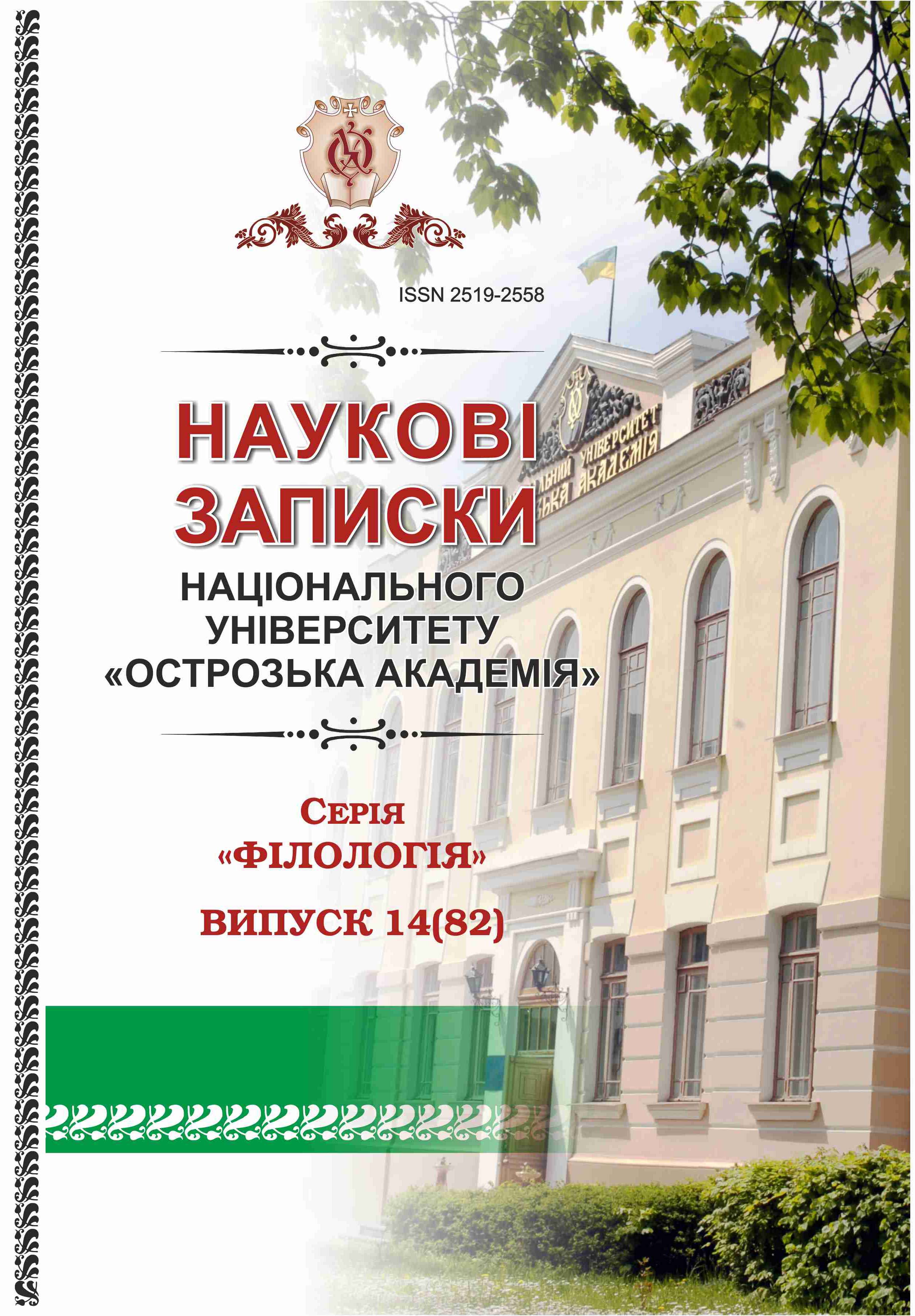METHODS OF HUMOUR CREATION IN CREOLIZED TEXTS OF ENGLISH-SPEAKING ANIMATION COMEDIES ON THE SYNTACTIC LEVEL
Keywords:
animated comedy, comic effect, humor, comic means, comic techniquesAbstract
The reviewed article is a reflection of the results of the study in the field of comic in language. In particular, the article tackles the means and methods of achieving comic effect in the texts of English-speaking animated comedies, which are generally considered as heterogeneous texts. At the same time the article does not cover the visual component of such texts, and the subject of the study is purely the verbal component, namely linguistic and stylistic means and techniques for achieving the comic effect at the syntactic level are researched. Therefore, the article describes and analyzes the most frequent language tools used to achieve humor. It has been established that at the syntactic level, humor is realized both in terms of structure and meaning and arises as a result of violation of the speech rules, as well as rules of collimation and collocation, logic and argumentation.

